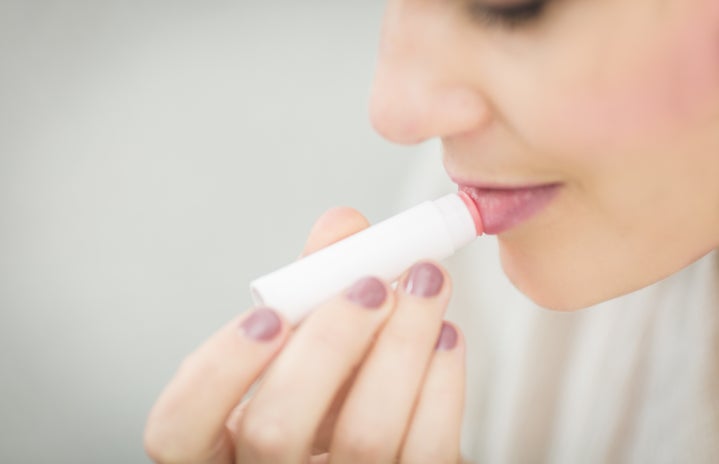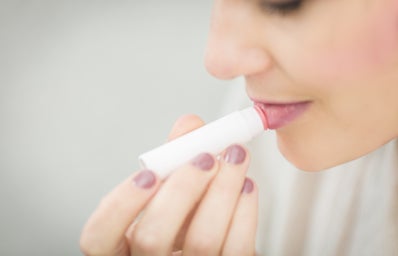As summer hits, I find myself longing for days spent at the beach, but with the bright sun directly hitting me, comes the irreversible damage I’m exposing myself to. Thankfully, while I was growing up, my mother instilled the habit of always wearing sunscreen every single day. Now that I am older and live away from my mother, I have engraved her habit to my daily routine. Rain or shine (but mostly rain since I do live in the Bay Area), I always use my trusty sunscreen.
But, alarmingly, some sunscreens can be harmful for you as well. Having a couple of years’ experience with trying out different sunscreens, here are some tips into making sure your sunscreen is effective and suitable for you.
*All my recommendations and tips are aimed for broad spectrum sunscreens. Always be protected against UVA + UVB rays as much as possible.
1. There is no sunscreen higher than SPF 50
Don’t be fooled when buying a sunscreen and seeing, “SPF 100” on the bottle. It’s all the same protection after SPF 50. Try to stick to SPF 30 or higher for a daily basis and SPF 50 if you live somewhere sunny.
2. Sunscreens can be, and should be, used on a daily basis
Even if you live in the snowiest and coldest areas of the world, sunscreen is inexcusable. UV rays can still penetrate through clouds, rain, and of course, shine. Plus, snow has the highest albedo possible, making you much more vulnerable to sun burns.
3. Different finishes of sunscreens
Nowadays, sunscreens comes in a thousand different formulas. There’s creams, gels, sticks, and powder sunscreens aimed for a variety of different people. There’s always going to be a sunscreen that fits you. Gels and creams are best suited for those also wear makeup, as they can have a matte finish and won’t make your makeup greasy throughout the day. Powdered sunscreens can be dusted over your face if you’re at the beach or even wearing makeup and need to touch up a bit. There’s so many different formulations of sunscreen that it’s no excuse to not be wearing it!
4. Mineral sunscreens
If you’re like me and you prefer the natural road down cosmetics, there’s a bunch of different mineral based sunscreens to help keep your skin protected. Chemical sunscreens are typically made up of chemicals such as: oxybenzone, avobenzone, octisalate, octocrylene, homosalate and octinoxate, usually found in combination in chemical formulas. Now, mineral sunscreens are physical blockers of the sun, meaning that they form a layer of protection on your skin, reflecting the light, until it eventually gets fully absorbed. Mineral sunscreens are typically made up of zinc oxide or titanium dioxide. Also, if you’re acne-prone, chemical sunscreens can irritate your skin. Mineral sunscreens are noncomedogenic and can help control oil on your face.
Recommendations
Glossier Invisible Shield Sunscreen SPF 35
Glossier Invisible Shield SPF 35
Bare Republic Natural Mineral Sunscreen SPF 30
Bare Republic Natural Mineral Sunscreen SPF 30
Juice Beauty Oil Free Moisturizer SPF 30
Juice Beauty Oil Free Moisturizer SPF 30

